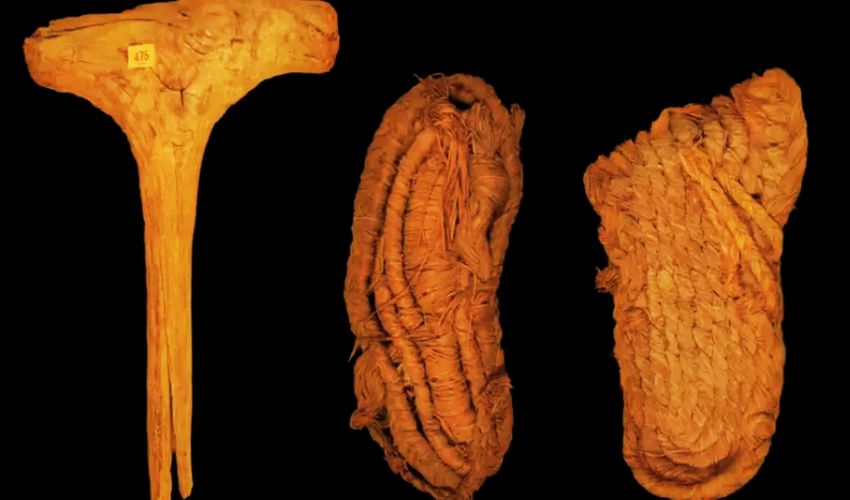Europe's ancient history has been enriched with a remarkable discovery - the identification of what is believed to be the continent's oldest footwear, dating back approximately 6,000 years.
This shoe emerged from the depths of a bat cave located in the region of Andalusia in southwestern Spain.
The cave, known as the Cueva de los Murciélagos or the Cave of the Bats, not only sheltered these ancient treasures but also bears a fascinating history itself.
In the 19th century, it was initially explored by a landowner seeking bat guano, a valuable fertilizer source.
Subsequently, miners ventured into its depths, unearthing not only the now-famous sandals but a treasure trove of historical artifacts.
Woven from grass and exhibiting a remarkable state of preservation, they offer a glimpse into the Neolithic period, predating the 5,500-year-old leather shoes discovered in an Armenian cave in 2008.
Detailed analysis of the footwear revealed the use of various grasses, demonstrating the sophistication of their craftsmanship. Yet, these shoes were not constructed solely from vegetation; they also incorporated leather and lime, showcasing a blend of materials and technical prowess.
However, the sandals were not the only relics concealed within the cave's ancient embrace. A comprehensive examination of the cave's contents uncovered a collection of 76 objects, including baskets and a set of tools. These objects, according to María Herrero Otal, a co-author of the study, represent "the oldest and best preserved set of plant fibre materials in southern Europe so far known."



























